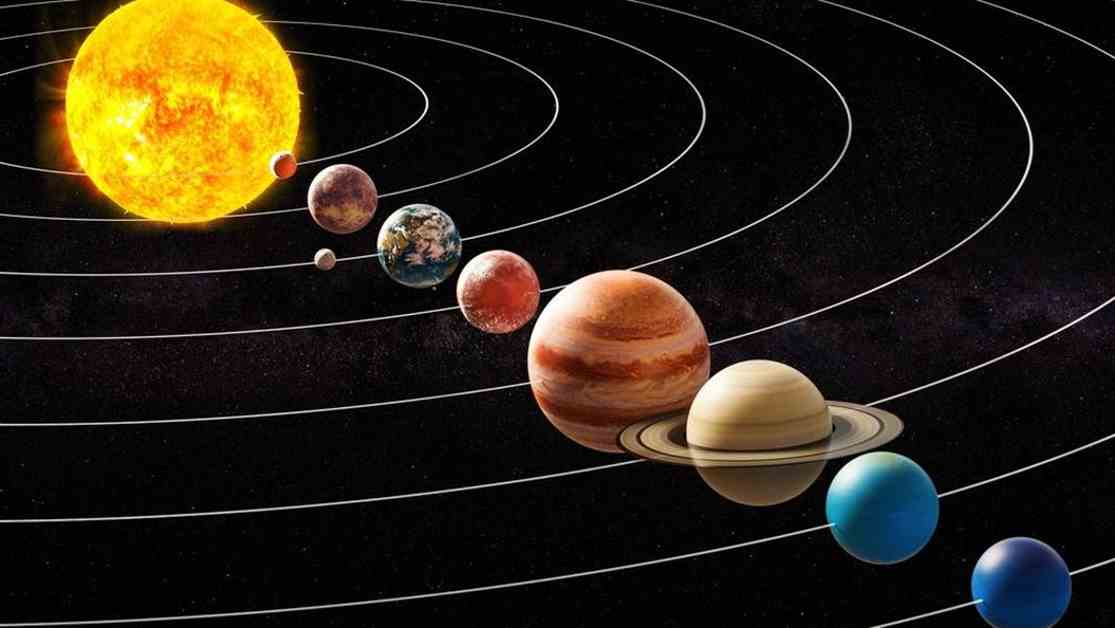June’s Planetary Parade: When and How to Witness This Celestial Event
Topline
Missed the Northern Lights in May? Don’t worry, another spectacular celestial event is on the horizon. Next week, get ready for the “planetary parade,” where multiple planets will align in a straight line visible from Earth. While only two planets will be seen with the naked eye, it’s a sight you won’t want to miss.
Key Facts
– A planetary parade, also known as a planetary alignment, occurs when two or more planets come close together in the sky, appearing to be in line with each other on one side of the sun, as explained by NASA.
– In the U.S., the planetary parade is expected to be visible in the early morning of June 3, with Mars, Jupiter, Saturn, Uranus, Neptune, and Mercury aligning. The best viewing time will be just before sunrise, particularly on the East Coast, weather permitting.
– Due to the sun’s brightness, only Mars and Saturn will be visible to the naked eye. Neptune and Uranus will require binoculars or a telescope, while Jupiter and Mercury may not be visible at all.
– The planetary parade will be visible on different dates in other countries, with locations like Abu Dhabi, Hong Kong, Tokyo, and Athens having their own viewing opportunities.
What Is A Planetary Alignment
Despite appearing close in the sky, planets are still millions of miles apart in space during a planetary alignment. Each planet orbits the sun at varying distances and speeds, resulting in occasional alignments or conjunctions. While it’s rare for more than two planets to align at once, the planetary parade offers a unique celestial display.
Tangent
On June 3, alongside the planetary parade, skywatchers can also observe the waning crescent moon phase, starting on May 31 and ending on June 5. This phase marks the moon’s final stage before the new moon phase on June 6, signaling the beginning of June’s lunar cycle.
Further Reading
For more celestial events to look forward to, check out Forbes’ articles on the Northern Lights in 2024 and a debunking of the “planet parade.” Stay updated by following me on Twitter or LinkedIn, and feel free to send any tips securely.
